… coccineal. We mentioned it in our overall history from B.C. through the scarlet robes of the Church, and into the Revolutionary War. What were those British Red Coats wearing? (Answer: red coats made of wool and dyed with coccineal)
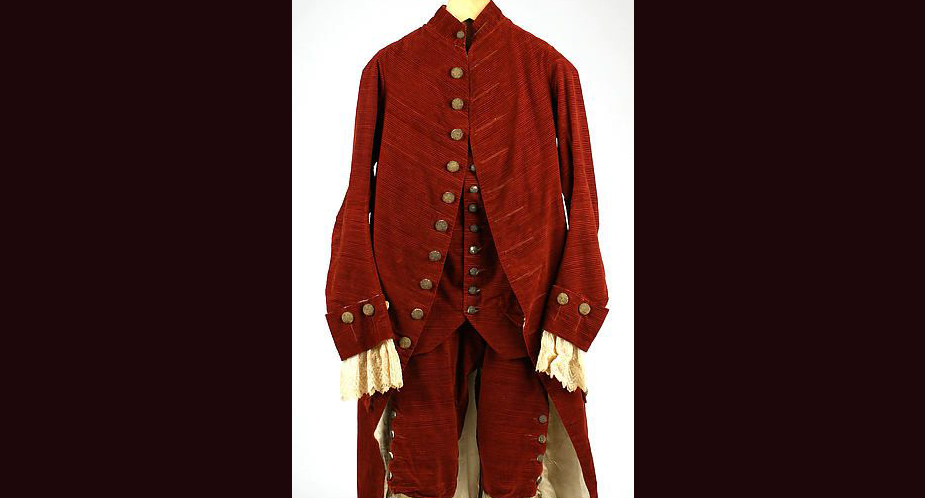

… coccineal. We mentioned it in our overall history from B.C. through the scarlet robes of the Church, and into the Revolutionary War. What were those British Red Coats wearing? (Answer: red coats made of wool and dyed with coccineal)
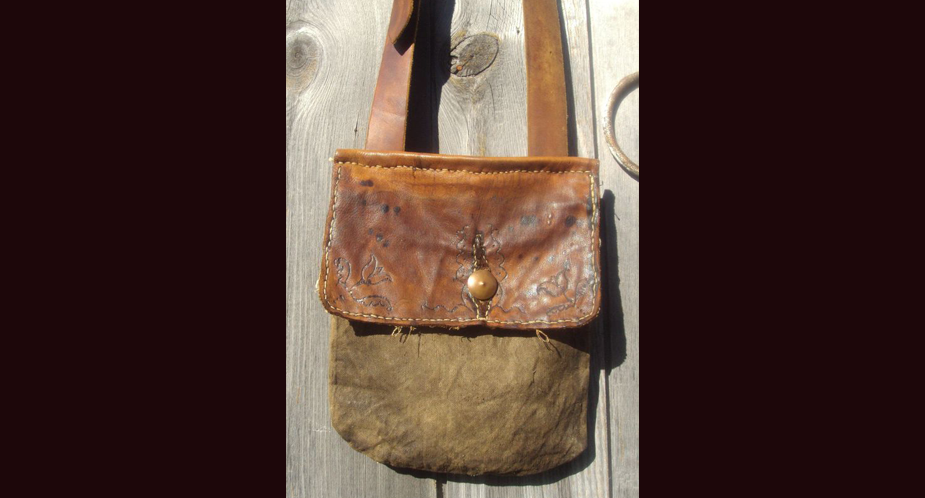
.. are used by crafters for things like this leather bag dyed with walnut, or historic interpreters, and are rarely used for commercial purposes. The search, collection, and processing of natural dyes is cost prohibitive and it’s a lot easier to use dye from a chemistry lab since today’s synthetics …
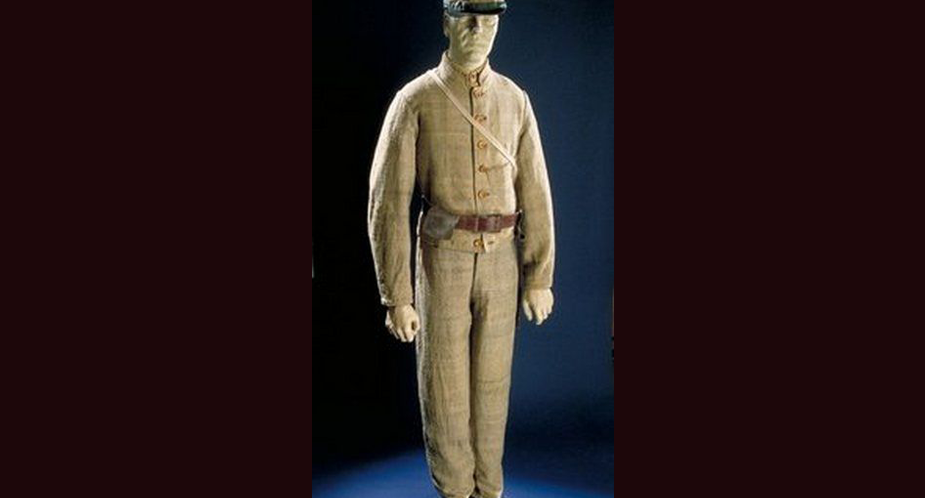
… uniforming in the Civil War. The “Butternuts” division were homespun and home dyed.
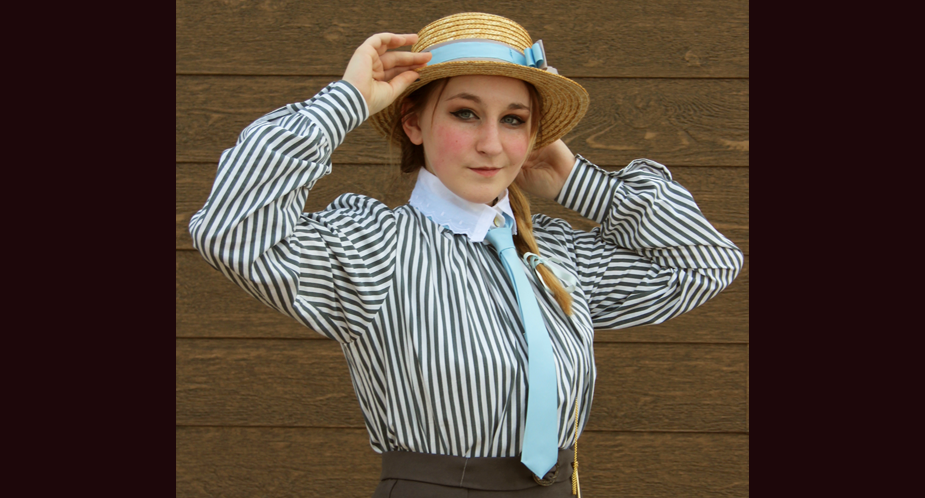
…19 ensembles in the Buffalo Gals’ historic fashion show about pioneering women at the Powell Homesteaders Museum fundraiser “Tea and Tables” event. Tickets for lunch and show $30, and there’s a sales boutique too. Only 128 seats available, and it always sells out by the week before. Call Marybeth …
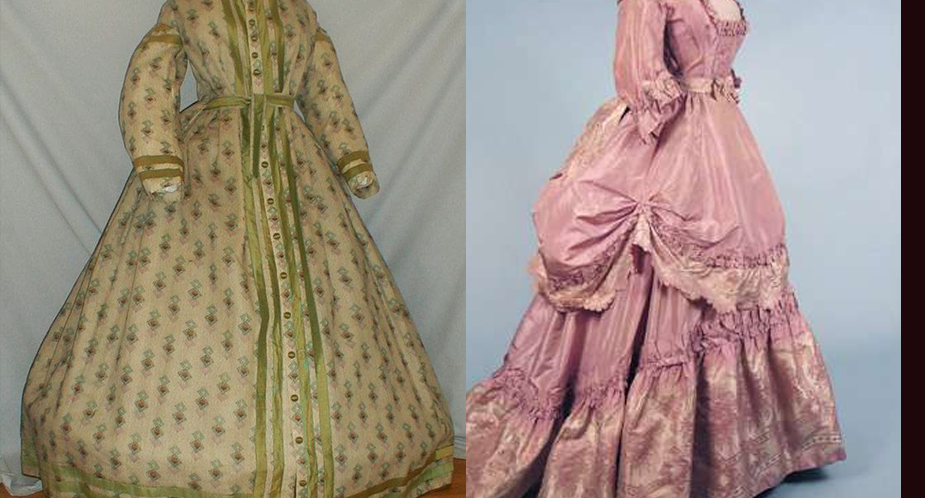
.. is that when one studies museum extant examples of American made garments, particularly of children’s clothing and women’s formal wear, one’s first supposition is that everyone wore tan or beige. This is wrong. There was used commercially at the time a natural dye in America that made a bright …
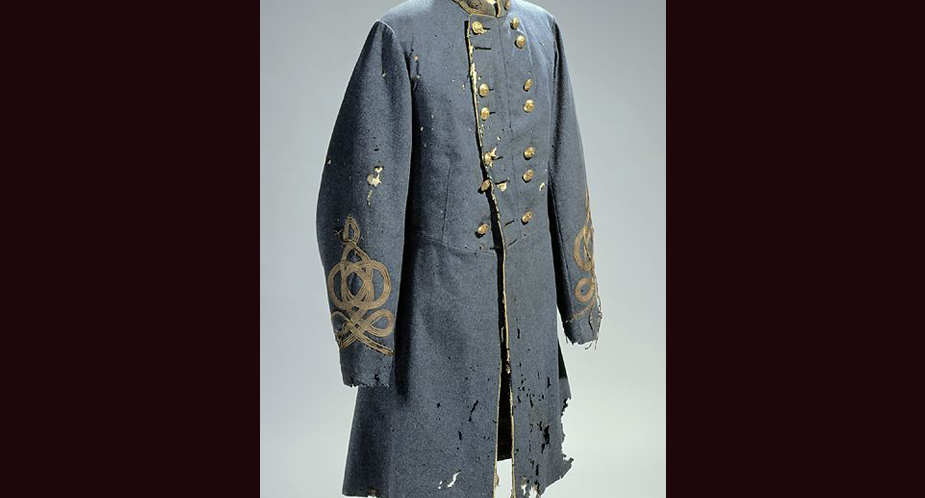
…indigo, the natural plant based kind. Interestingly, at the time of the Civil War, indigo was only grown in the south. It would merit research to study the trade and value during the War of dyes to make uniforms for both sides. We assume the gray of the South and …

.. known for their green/tan uniforms that they dyed at home late in the war. They used walnut shells and vinegar. (Photo: historic display of “Butternuts”)
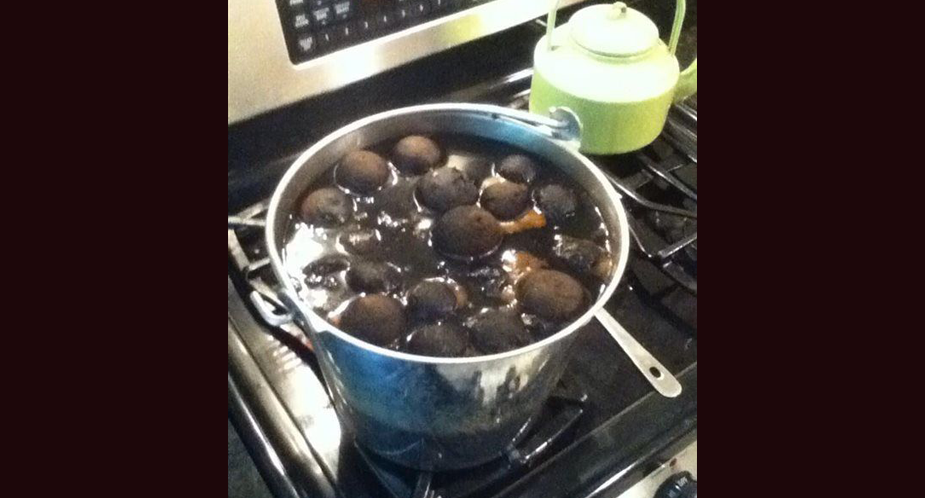
.. and were historically dyed using natural mordants like lichens and walnut hulls. These are called “Substantive dyes”. (Photo: walnut hulls floating in a modern dye pot)
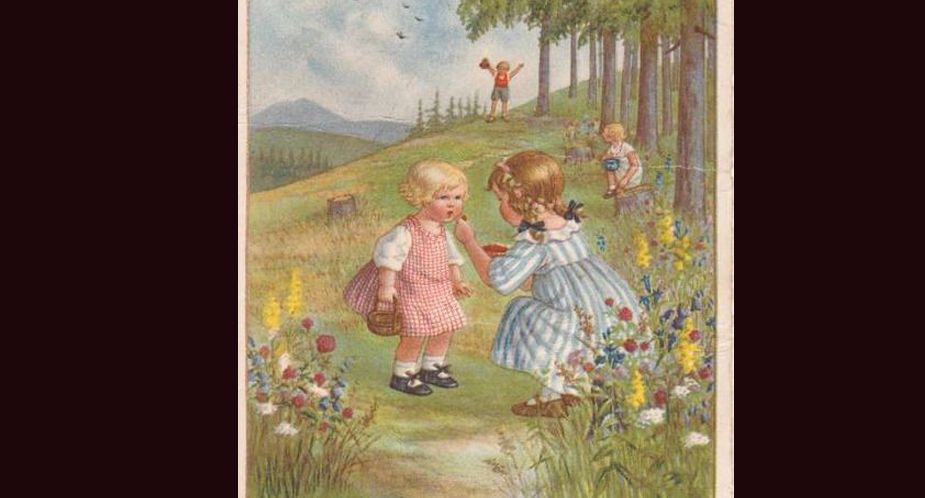
Sharing Easter and Passover greetings with our friends of Christian and Jewish faith across the US and around the world. Happy Springtime northern hemisphere! (Antique Easter Card reads “Fermez les yeux. Ouvre la bouche.” (Close your eyes. Open the mouth))
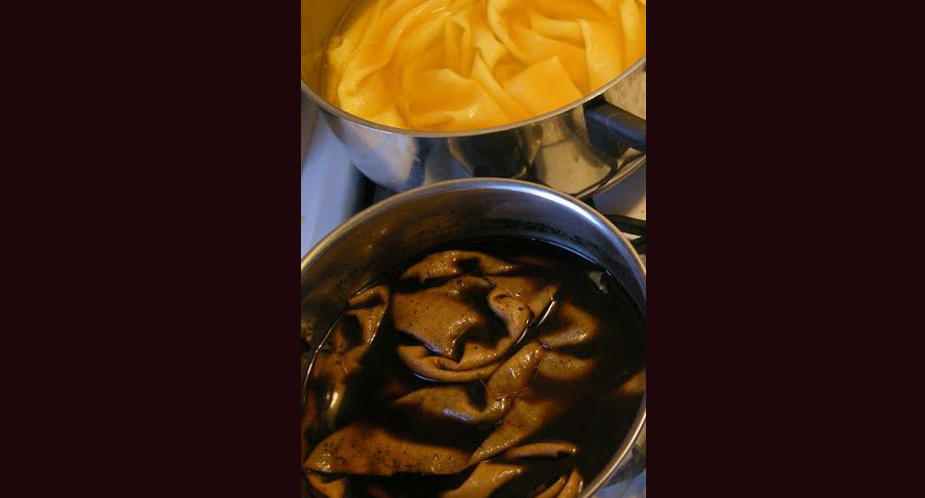
… is important because a “mordant” will change the chemistry between fabric and dye, and a brass, copper, or iron pan will alter the chemistry in the dye. Enamel is preferred for dying. (Photo: container makes the difference. Dying in stainless steel)